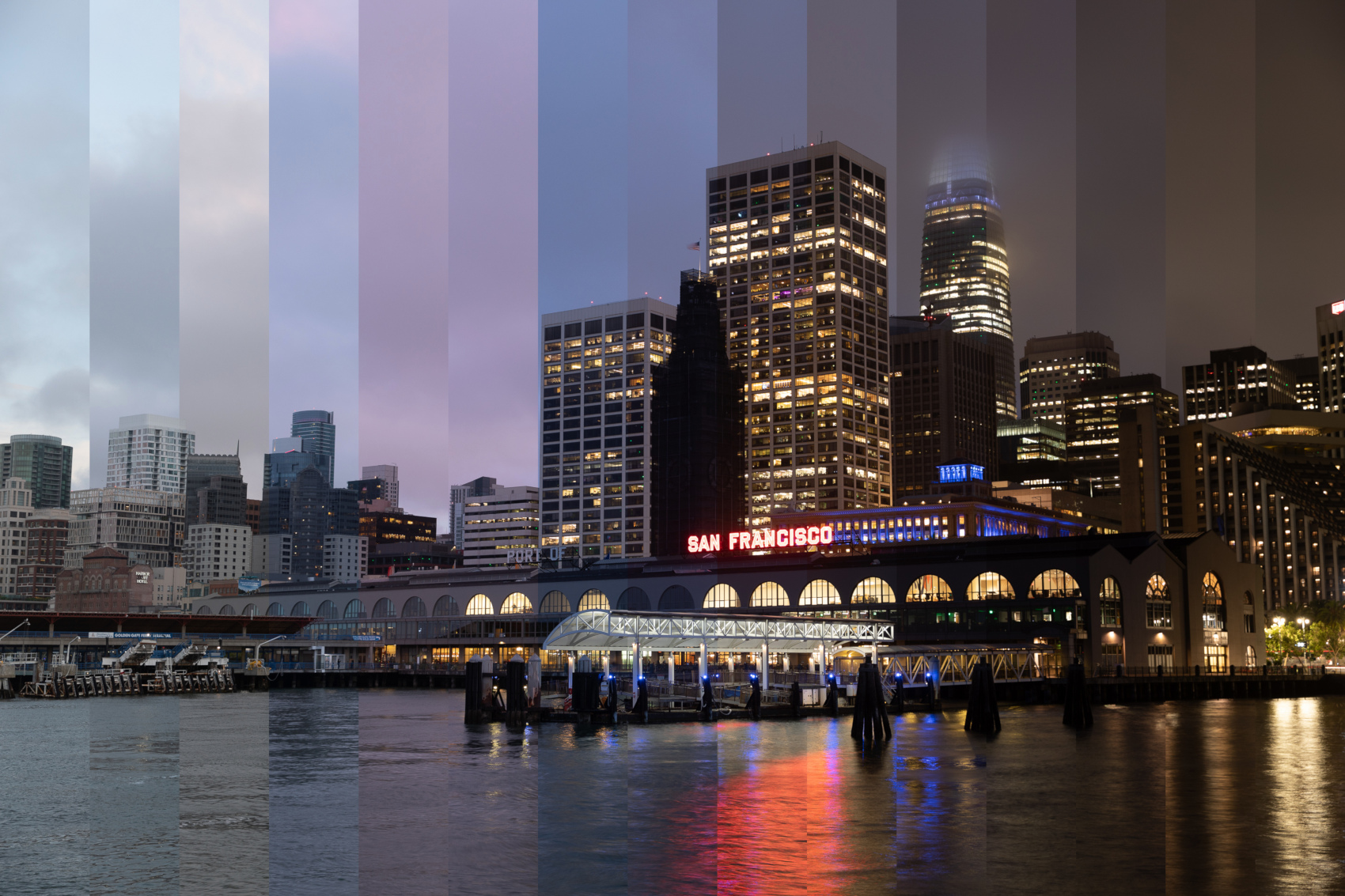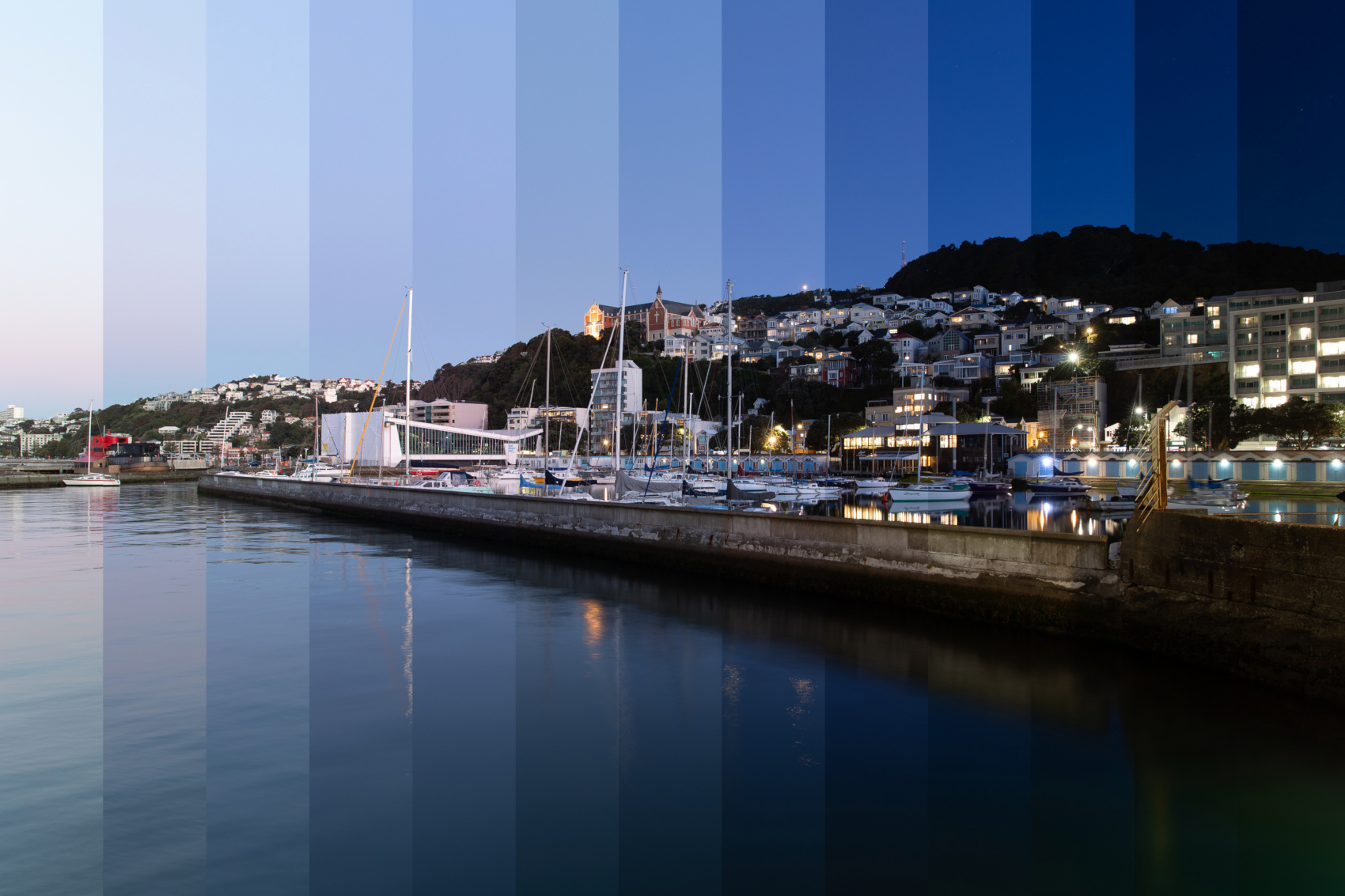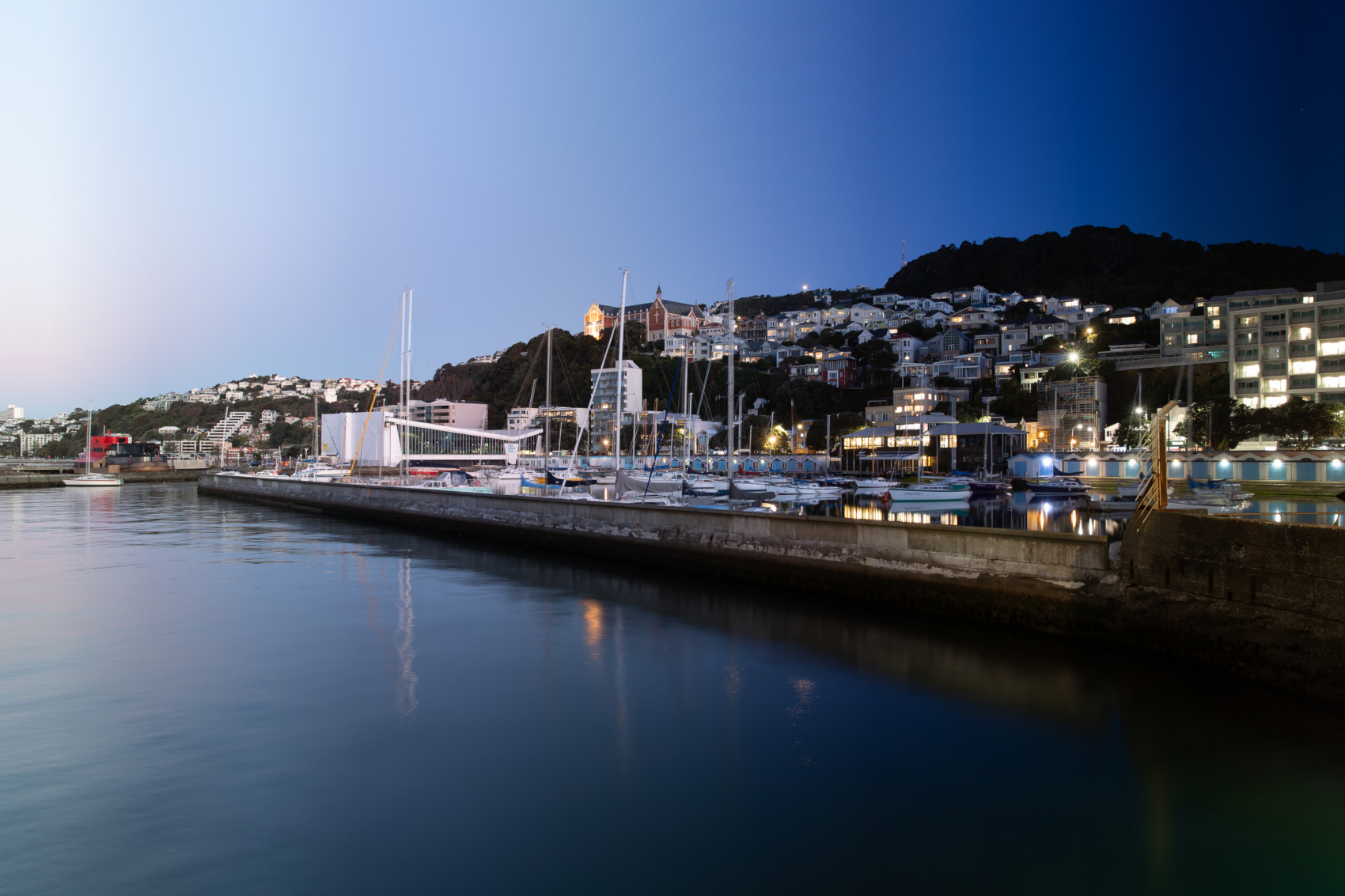Timelapse Blending
Over the past few months I’ve made some attempts at timelapse photography, mainly motivated by seeing this site/software on High Dynamic Time Range Images which effectively “blends” multiple images taken at different times into one final image.
Rather than use the above software (which is written in Perl), I decided to write my own implementation using my existing image processing infrastructure I have, and have so far come up with a simple implementation that supports linear “equi-width” blending, and in the future I plan to implement more varied interpolations similar to the original software, as from experimentation, Sunrises/Sunsets and the progression from day to night are not often linear in the resultant brightness of captured images.
Scenes with many lights in that progressively turn on within the timelapse duration seem to work very well generally: here are two examples I’m fairly happy with, showing both non-blended and fully-blended examples of each.
San Francisco:
Wellington:
There do though appear to be some types of scenes that don’t always seem to work that well with this technique, in particular ones where the sun is either quite prominent or the sky gradient in the horizontal direction is very noticeable: this can lead to “odd”-looking situations where the image “slices” which show the sky should in theory get darker as you progress through time, but due to the sky colour gradient in the source images, it counteracts this on one edge of each image slice, looking a bit weird (at least to my eyes).
I also tried converting a sunrise timelapse sequence I took several years ago in Australia which had clouds moving very slowly across the sky horizontally in the frame, and this produced what almost looked like an artifact-containing/repeating-pattern image (it was technically correct and valid though) in that the same bits of cloud were repeatedly in each image slice by coincidence due to their movement across the sky being in sync with the time delay between each subsequent image.
Other things to look out for are temporal position continuity when blending (see the Wellington blended version with the boat masts moving between captures above), where things like people, vehicles, and trees vary position over time, meaning the blending leads to “ghosting” due to the differing positions in the adjacent images which are being blended/merged together.



